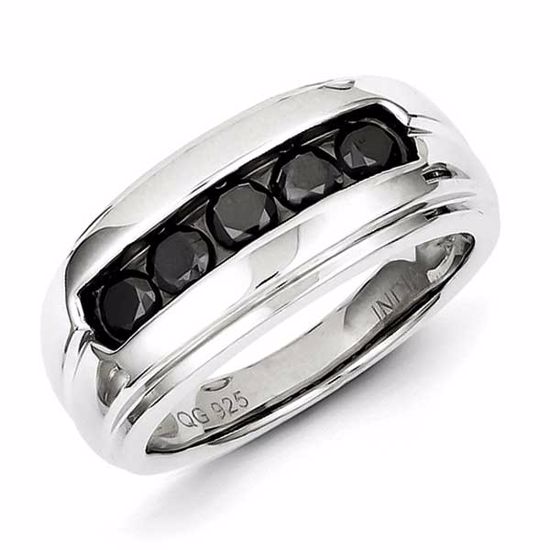

Doxorubicin hydrochloride, a chemotherapeutic agent successfully encapsulated with maximum encapsulation efficiency, i.e., 69.20 ± 1.2, was used in in vitro release studies in pH physiological and gastric environments at 37 ☌.


The drug release behavior was examined with kinetic models such as zero-order, first-order, Higuchi, Hixson Crowell and Korsmeyer–Peppas. These release data were best fitted with the Korsemeyer–Peppas transport mechanism, with n = 0.91. The effects of treatment on HCT116 human colon cancer cells were assessed via cell viability and cell cycle analysis. The antimicrobial activity of TMGA-Ag hydrogels was studied against Staphylococcus aureus and Klebsiella pneumonia. Finally, the results demonstrate that TMGA and TMGA-Ag are promising candidates for anti-cancer drug delivery and the inactivation of pathogenic bacteria, respectively. Polyelectrolyte membranes (PEMs) are a novel type of material that is in high demand in health, energy and environmental sectors. If environmentally benign materials are created with biodegradable ones, PEMs can evolve into practical technology. In this work, we have fabricated environmentally safe and economic PEMs based on sulfonate grafted sodium alginate (SA) and poly(vinyl alcohol) (PVA).
#Kera color silver blue free
In the first step, 2-acrylamido-2-methyl-1-propanesulphonic acid (AMPS) and sodium 4-vinylbenzene sulfonate (SVBS) are grafted on to SA by utilizing the simple free radical polymerization technique. KERACOLOR SILVER BLUE BEFORE AND AFTER FREE KERACOLOR SILVER BLUE BEFORE AND AFTER FREE.


 0 kommentar(er)
0 kommentar(er)
